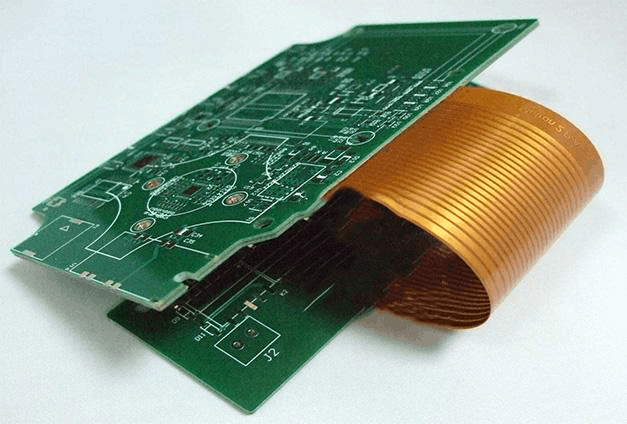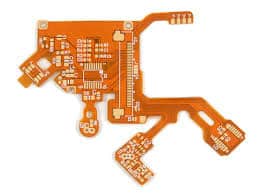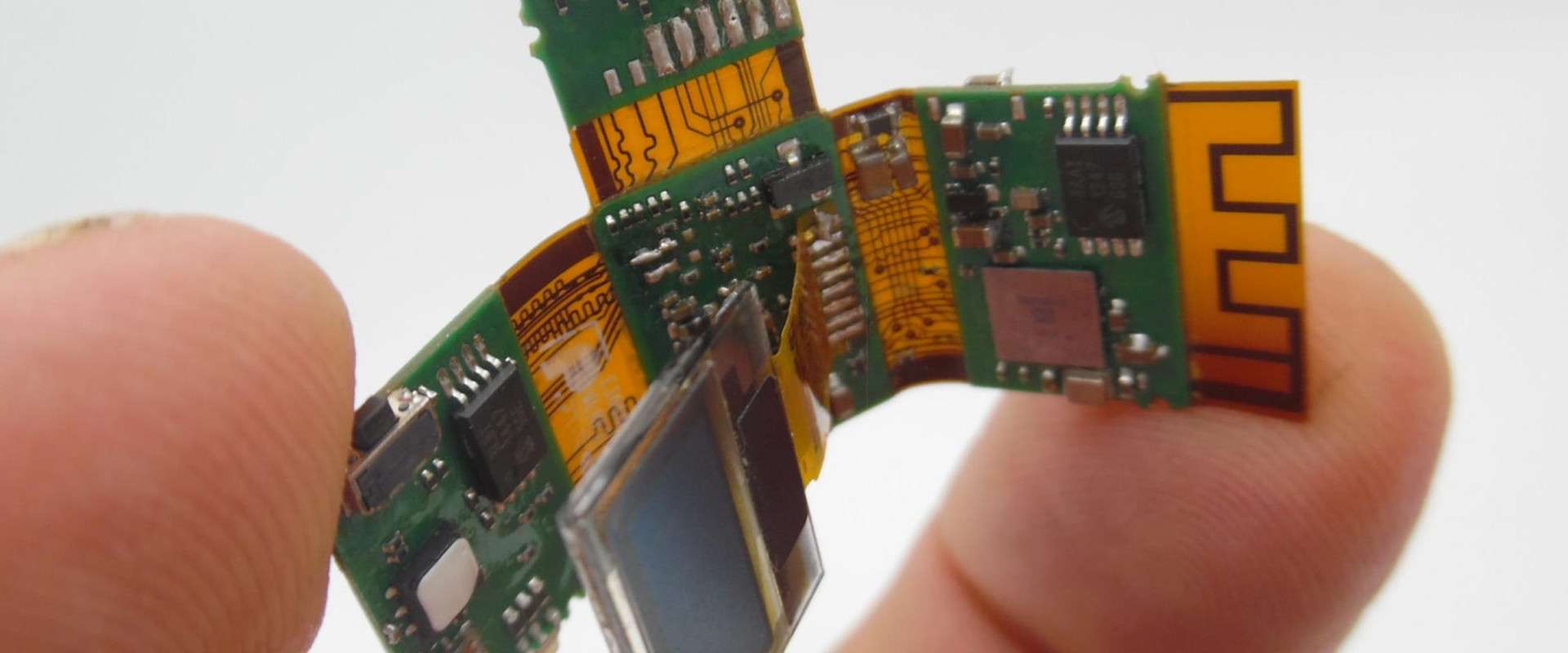
ALL ABOUT FLEX PCB
-
 Read more: Capacitive Touch Flex PCBs: Design, Manufacturing and Applications
Read more: Capacitive Touch Flex PCBs: Design, Manufacturing and ApplicationsIntroduction Capacitive touch sensing has become ubiquitous in consumer electronics and industrial controls. Embedded touch buttons and touchscreens based on capacitive sensing allow for sleek, durable and intuitive human-machine interfaces. Flexible printed circuit boards (flex PCBs) have emerged as the ideal substrate for implementing capacitive touch sensors and interfaces due […]
-
Rigid Flex Circuit Design: An Overview
Posted by
–
 Read more: Rigid Flex Circuit Design: An Overview
Read more: Rigid Flex Circuit Design: An OverviewIntroduction Rigid flex circuits, also known as rigid flexible circuits or flex-rigid circuits, are a type of printed circuit board that combines rigid and flexible substrate materials to create lightweight and durable electronic interconnect solutions. As the name suggests, rigid flex circuits provide the benefits of both rigid boards and […]
-
 Read more: Rigid and Flexible Printed Circuit Boards: A Comparison
Read more: Rigid and Flexible Printed Circuit Boards: A ComparisonIntroduction Printed circuit boards (PCBs) are essential components in nearly all modern electronics. They provide the physical structure and electrical connections between the various components that make up an electronic device. There are two main types of PCBs: rigid and flexible. Both have their own advantages and applications. This article […]
-
 Read more: Flex Circuit Stiffeners: An Essential Component for Stable and Reliable Electronics
Read more: Flex Circuit Stiffeners: An Essential Component for Stable and Reliable ElectronicsIntroduction Flex circuits, also known as flexible printed circuits (FPCs), have become ubiquitous in modern electronic devices. As gadgets become smaller and more portable, flex circuits allow manufacturers to fit electronics into tight spaces. However, the flexibility of these circuits comes at a cost – they can be prone to […]
-
The Ultimate Guide to Custom Flex Circuits
Posted by
–
 Read more: The Ultimate Guide to Custom Flex Circuits
Read more: The Ultimate Guide to Custom Flex CircuitsIntroduction A custom flex circuit, also known as a flexible printed circuit board (FPCB), is a technology that allows circuits to be created on flexible substrates like polyimide or polyester films rather than traditional rigid boards. Flex circuits provide many advantages over rigid PCBs including flexibility, space and weight savings, […]
-
 Read more: Flexible Printed Circuit Board Materials: An In-Depth Guide
Read more: Flexible Printed Circuit Board Materials: An In-Depth GuideIntroduction to Flexible Printed Circuit Boards A flexible printed circuit board (FPCB) is a type of printed circuit board that is made with flexible insulating substrate materials. Unlike traditional rigid circuit boards, FPCBs can be bent and flexed without damage during use. This allows them to be integrated into applications […]
-
 Read more: Flex Harness PCBs: An Overview of Design and Manufacturing
Read more: Flex Harness PCBs: An Overview of Design and ManufacturingA flex harness, also known as a flex circuit or flexible printed circuit board (PCB), is a type of circuitry made from flexible materials like polyimide film. Unlike traditional rigid PCBs, flex harnesses can bend and flex to accommodate connections between components in tight or moving spaces. They provide reliable […]
-
 Read more: Heavy Copper Flex PCBs: Improving Performance in Flexible Circuit Designs
Read more: Heavy Copper Flex PCBs: Improving Performance in Flexible Circuit DesignsIntroduction Flexible printed circuit boards (flex PCBs) have become an increasingly popular solution for electronic devices where flexibility, space savings, or durability are required. Heavy copper flex PCBs offer improved performance compared to standard flex circuits by using thicker copper layers. This allows for higher current capacity, improved heat dissipation, […]
-
Standard Flex PCB Thickness
Posted by
–
 Read more: Standard Flex PCB Thickness
Read more: Standard Flex PCB ThicknessFlexible printed circuit boards (flex PCBs) have become an integral part of modern electronics due to their ability to bend and flex to fit into tight spaces. Determining the right thickness for your flex PCB design is an important consideration impacting the durability, reliability, and manufacturability of your product. In […]
-
The Advantages of Using HDI Rigid Flex PCBs
Posted by
–
 Read more: The Advantages of Using HDI Rigid Flex PCBs
Read more: The Advantages of Using HDI Rigid Flex PCBsHigh density interconnect (HDI) rigid flex PCBs provide several benefits over traditional rigid PCBs or flex PCBs alone. As the name suggests, HDI rigid flex combines the best aspects of both rigid and flex PCB technologies into one advanced circuit board solution. What are HDI Rigid Flex PCBs? HDI rigid […]




